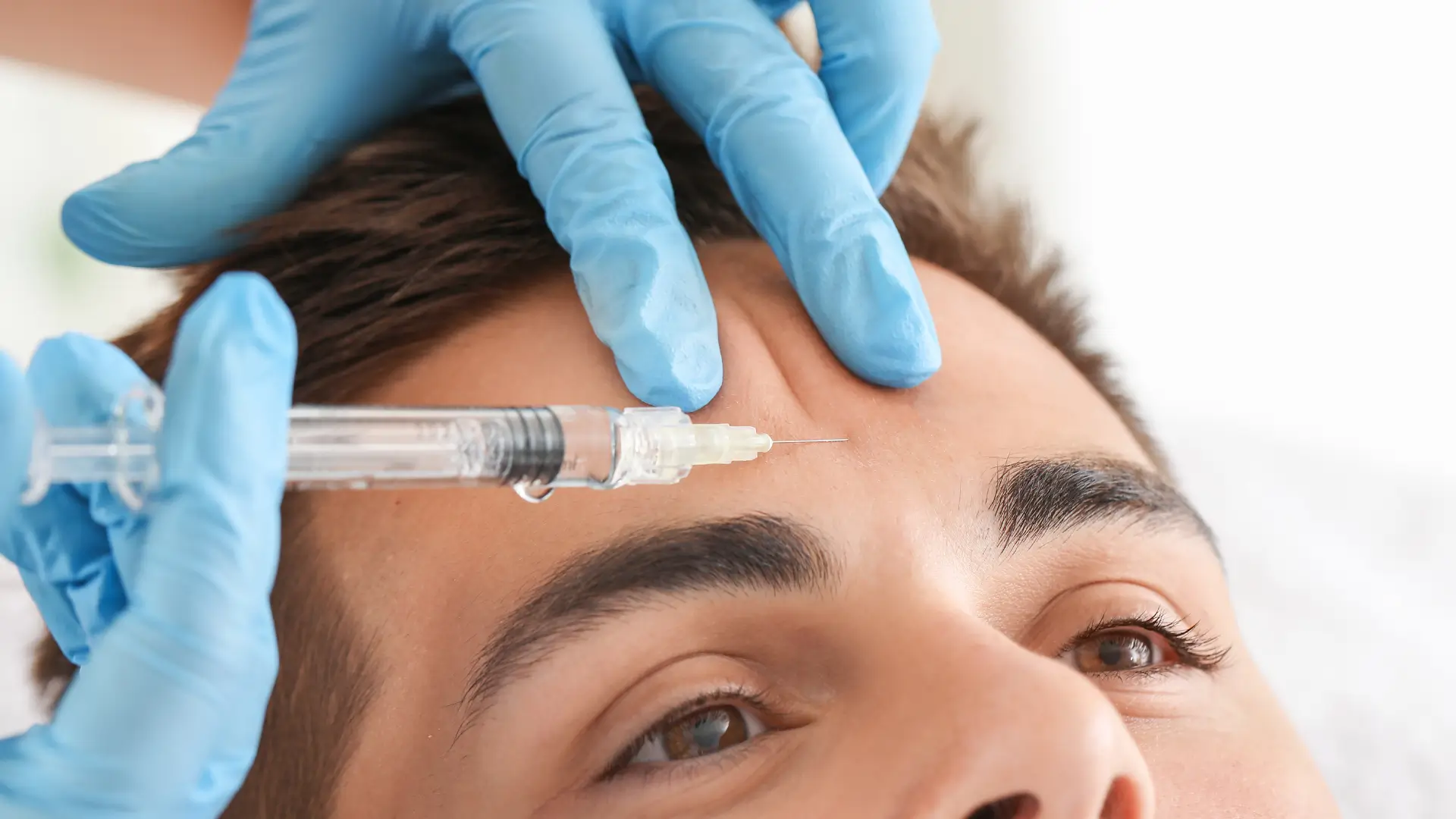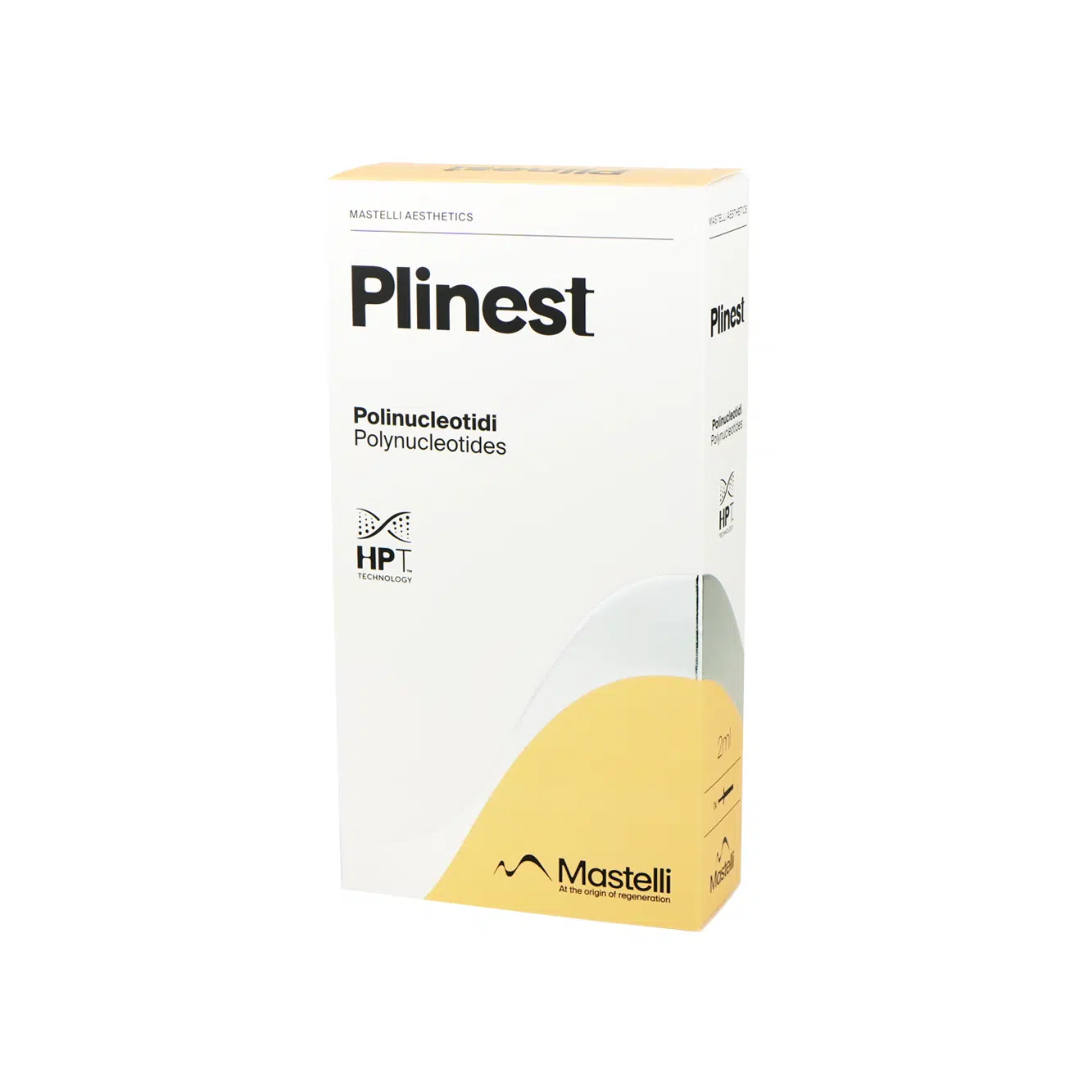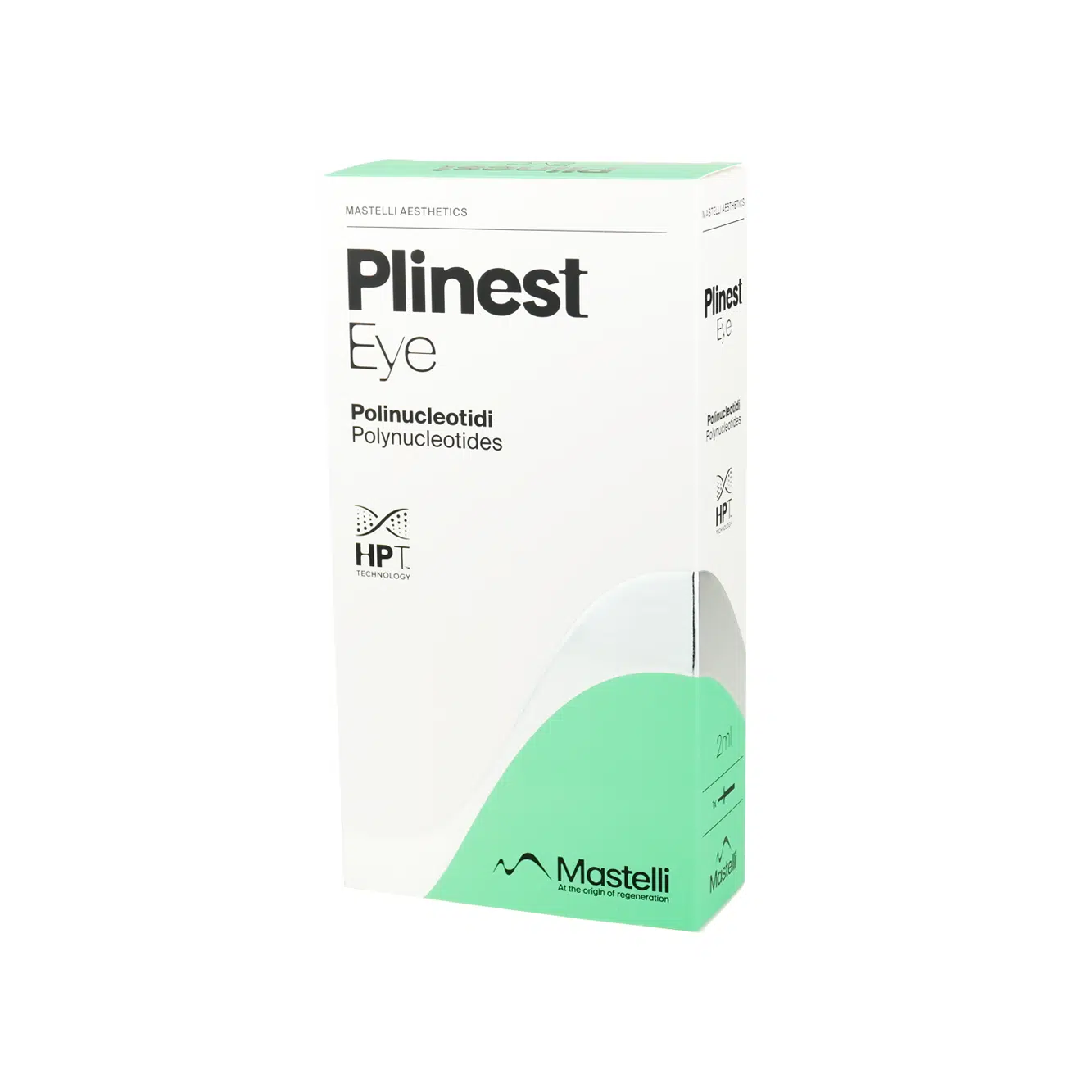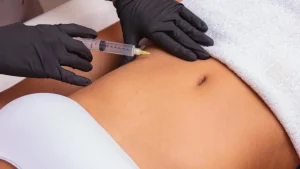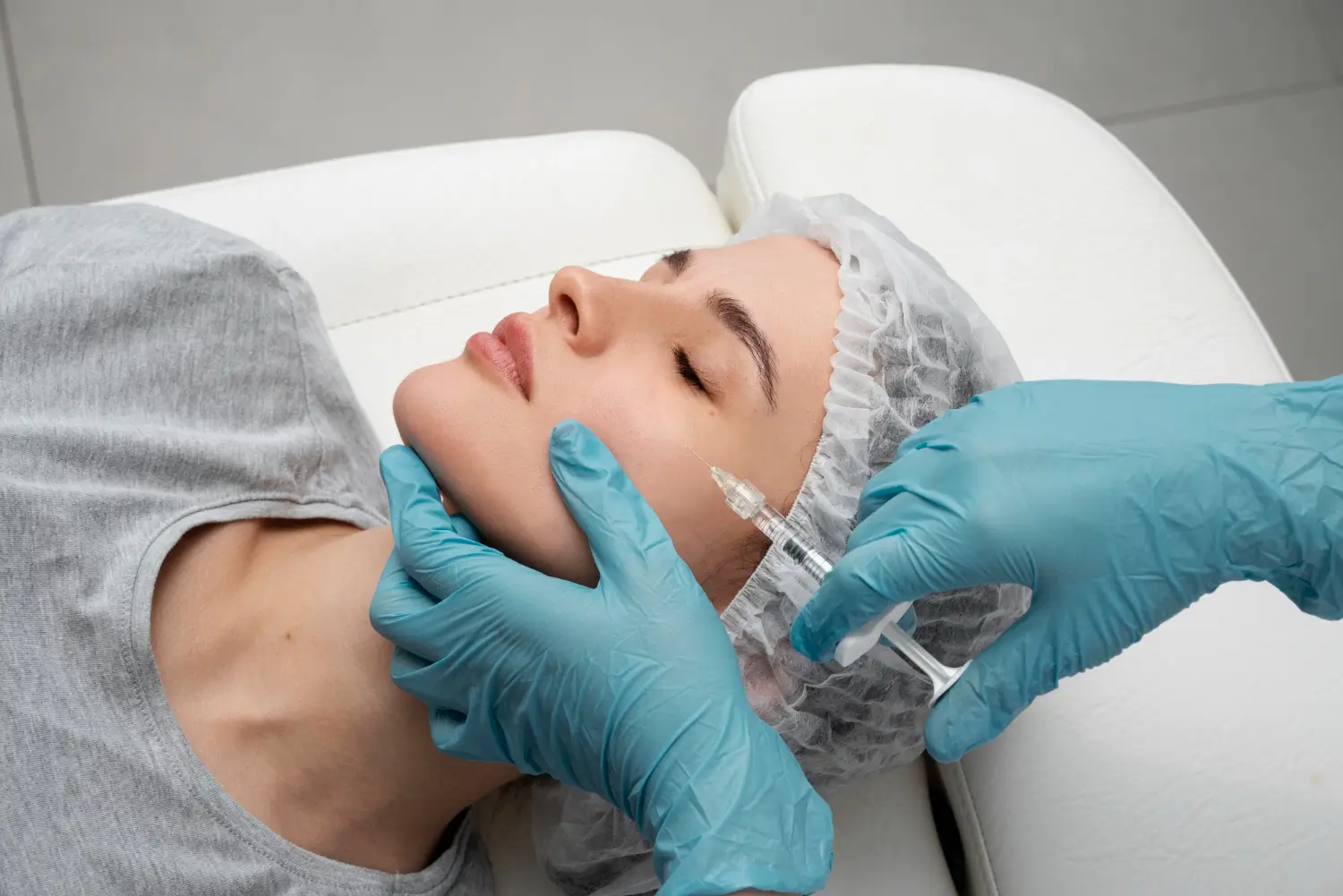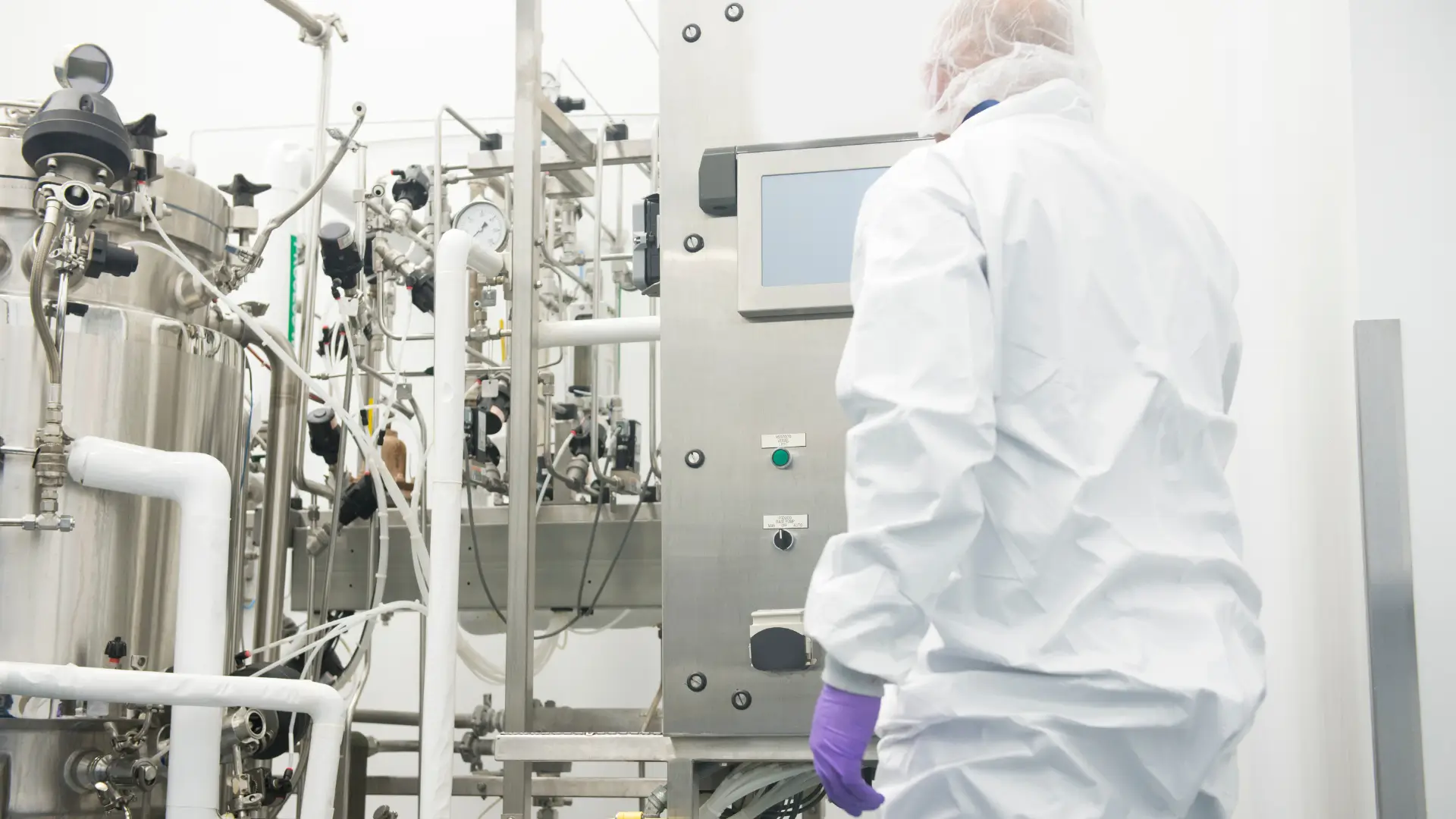Did you know that aesthetic procedures can significantly improve psychological and social well-being? According to a study published in Plastic and Reconstructive Surgery Global Open, individuals who received minimally invasive facial treatments reported greater self-confidence, enhanced social interactions, and overall psychological improvements. These findings underscore the value of aesthetic medicine beyond physical appearance.
As non-surgical therapies continue to gain traction, treatments like Plinest and Profhilo have emerged as leading options for skin rejuvenation. Both injectables support natural regeneration and hydration, making them ideal for patients seeking effective results with minimal downtime.
In this article, we’ll compare Plinest vs Profhilo, exploring their composition, benefits, and ideal use cases to help patients and practitioners make informed choices.
Key Takeaways on the Comparison of Plinest and Profhilo
- Plinest uses highly purified polynucleotides (PN-HPT®) to activate fibroblasts. In turn, it stimulates collagen and elastin production, making it ideal for long-term skin regeneration.
- Profhilo skin injection uses stabilized hyaluronic acid in a hybrid complex. It offers deep skin hydration and immediate skin elasticity and firmness, especially in patients with early to moderate skin laxity.
- Practitioners administer Plinest through intradermal microinjections over 3–4 sessions, while they inject Profhilo using the BAP (Bio Aesthetic Points) technique over 2–3 sessions to ensure even product dispersion.
- Plinest is particularly effective for treating skin texture, skin elasticity, and rosacea-related inflammation, offering results that may last up to a year.
- Profhilo delivers rapid, visible skin hydration effects and enhanced tissue skin quality within days, with results typically lasting 6–9 months.
- Selecting the right patients plays a crucial role: Plinest works best for gradual collagen support and skin healing, whereas Profhilo offers better results for hydration-driven volume and firmness.
- Both Plinest and Profhilo treatment remain minimally invasive, are well-tolerated, and can function independently or in combination, depending on the patient’s aesthetic goals.
About: Medica Depot is your trusted all-in-one supplier, offering a range of high-quality medical injectables and supplies. Order Plinest online at Medica Depot today! Whether for health professionals, plastic surgeons, dermatologists, licensed estheticians, or other specialists, we can offer genuine, brand-name products you may need. With Medica Depot, we prioritize serving you better to improve the patient’s quality of life.
Composition Differences Between Plinest and Profhilo
Medical professionals comparing Plinest vs Profhilo should examine their distinct molecular compositions and mechanisms of action. Although both are classified as minimally invasive injectables for skin rejuvenation, their formulations differ, which can influence treatment strategy and clinical results. It is also important to note that both may require further clinical data to complete the US FDA approval process.
- Plinest: Mastelli’s Plinest is formulated with highly purified polynucleotides derived from trout DNA, processed using the company’s proprietary PN‑HPT® (Polynucleotide High Purification Technology). These polynucleotides function as biological scaffolds, activating fibroblasts to stimulate collagen and elastin production, ultimately promoting skin regeneration at a cellular level.
- Profhilo: This contains ultra-pure hyaluronic acid, presented as a hybrid complex of high- and low-molecular-weight HA molecules. The formulation spreads efficiently through the dermis, providing intense hydration while remodeling the extracellular matrix to enhance skin tone, texture, and firmness.
Injection Techniques and Treatment Protocols for Plinest and Profhilo

Although both injectables aim to improve skin quality, they differ in application methods and treatment timelines, which practitioners must follow accurately to achieve optimal results.
Plinest is injected intradermally using fine micro-needles, targeting face dermal layers where fibroblast activity is most responsive. This technique allows for localized biostimulation, making it well-suited for areas needing collagen renewal and elasticity repair. A typical protocol involves three to four sessions, spaced two to three weeks apart. This gradual build-up ensures sustained skin rejuvenation over time and is ideal for those seeking long-term improvement with a subtle onset.
Meanwhile, Profhilo follows the Bio Aesthetic Points (BAP) injection method, where small amounts of product are injected at five strategic face sites on each side, ensuring even distribution. This method supports uniform hydration, while stimulating collagen and elastin across broader zones. The standard course includes two sessions, spaced one month apart, with a third session sometimes recommended for more severe skin laxity.
Expected Outcomes After Treatment with Plinest Compared to Profhilo
When guiding patients on Plinest vs Profhilo, it’s important to set clear expectations and explain that results vary based on individual skin types, concerns, and protocols. Each treatment offers its own timeline and scope of visible changes.
In a notable Plinest before and after case, a patient with rosacea and general skin inflammation showed visibly improved face skin tone and texture following just two sessions. Patients often experience continued improvement in hydration, elasticity, wrinkles improvement, and firmness for several months, with effects possibly lasting up to a year, depending on their skin health and lifestyle.
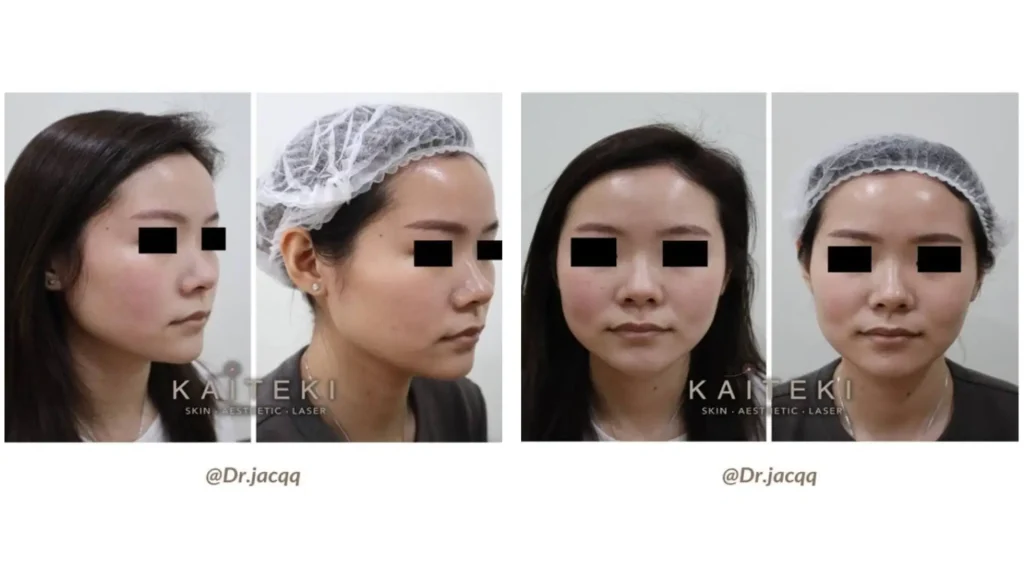
A Profhilo case documented immediate improvement in face skin brightness and turgor. Within days, the patient experienced improved dermal hydration and a more even skin surface, thanks to Profhilo’s ability to act quickly within the tissue matrix. These results can last six to nine months, depending on the patient’s metabolism and aftercare.
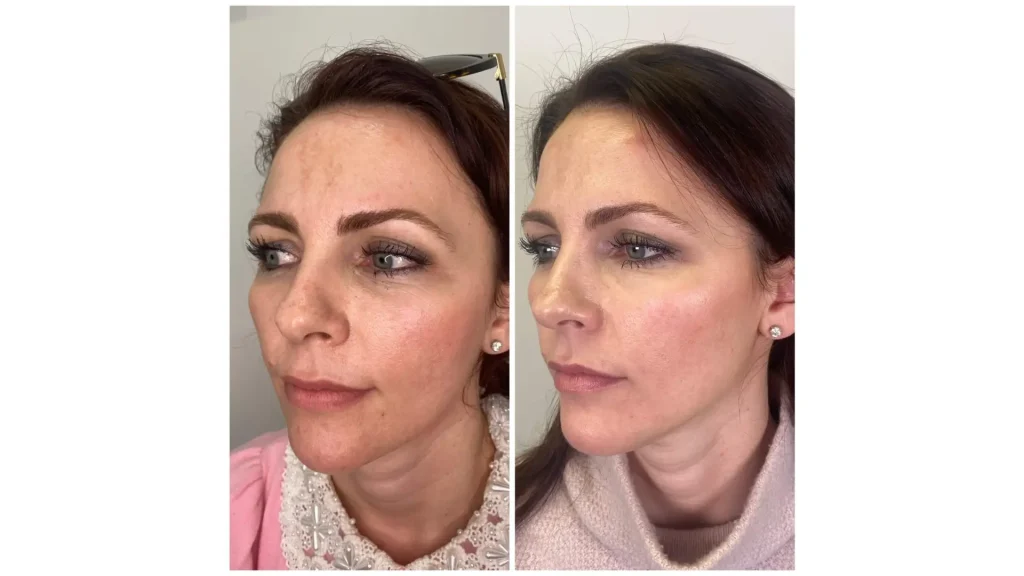
Patient Selection: When to Choose Plinest or Profhilo
Patient suitability is a key component in determining which treatment—Plinest or Profhilo—will yield the best outcome for their aesthetic or face concerns. Professional consultation ensures that aesthetic goals, skin type, and medical history are properly matched to the treatment’s capabilities.
- Choose Plinest when the goal is collagen stimulation, subtle skin restructuring, and progressive elasticity restoration. Plinest suits patients with sensitive, thin, or delicate skin who require long-term revitalization.
- Choose Profhilo when the priority is rapid hydration, immediate firmness, and tissue remodeling. It’s ideal for middle-aged patients or those experiencing early signs of skin laxity or wrinkles, especially across the cheeks, neck, and jawline.
Both treatments offer customizable protocols, and some patients may benefit from a combined approach under professional supervision.
Conclusion: Optimizing Results with Plinest or Profhilo
In the evolving field of injectable skin rejuvenation, both Plinest and Profhilo have carved distinct roles. Plinest excels in gradual collagen stimulation and cellular repair, ideal for long-term improvement in skin elasticity and texture. In contrast, Profhilo offers quick hydration and tissue tightening, making it suitable for patients seeking immediate results.
The decision between the two treatments should be guided by a practitioner’s clinical judgment and the patient’s desired face aesthetic outcome. Both options offer reliable, science-backed benefits—and when used appropriately, they provide excellent tools for natural-looking, non-surgical face rejuvenation.
FAQs
1. What are the main differences between Plinest and Profhilo?
Plinest is based on purified polynucleotides from trout DNA that stimulate collagen and elastin production. Profhilo treatment uses ultra-pure hyaluronic acid to provide deep hydration and improve skin elasticity and firmness.
2. What injection techniques are used for each treatment?
Practitioners inject Plinest with fine-needle microinjections targeting specific areas for gradual rejuvenation. At the same time, they apply Profhilo using the Bio Aesthetic Points method to ensure uniform dispersion at key face points.
3. How long do the results from Plinest and Profhilo typically last?
Results from each treatment can last anywhere from a few months to a year. However, patients should take note that the duration of Plinest or Profhilo depends on individual skin and face characteristics and treatment protocols followed.
References
- McKeown D. J. (2021). Impact of Minimally Invasive Aesthetic Procedures on the Psychological and Social Dimensions of Health. Plastic and reconstructive surgery. Global open, 9(4), e3578. https://doi.org/10.1097/GOX.0000000000003578
- PROFHILO® Injection Treatment. (n.d.). Profhilo. Retrieved May 7, 2025, from https://www.profhilo.co.uk/
